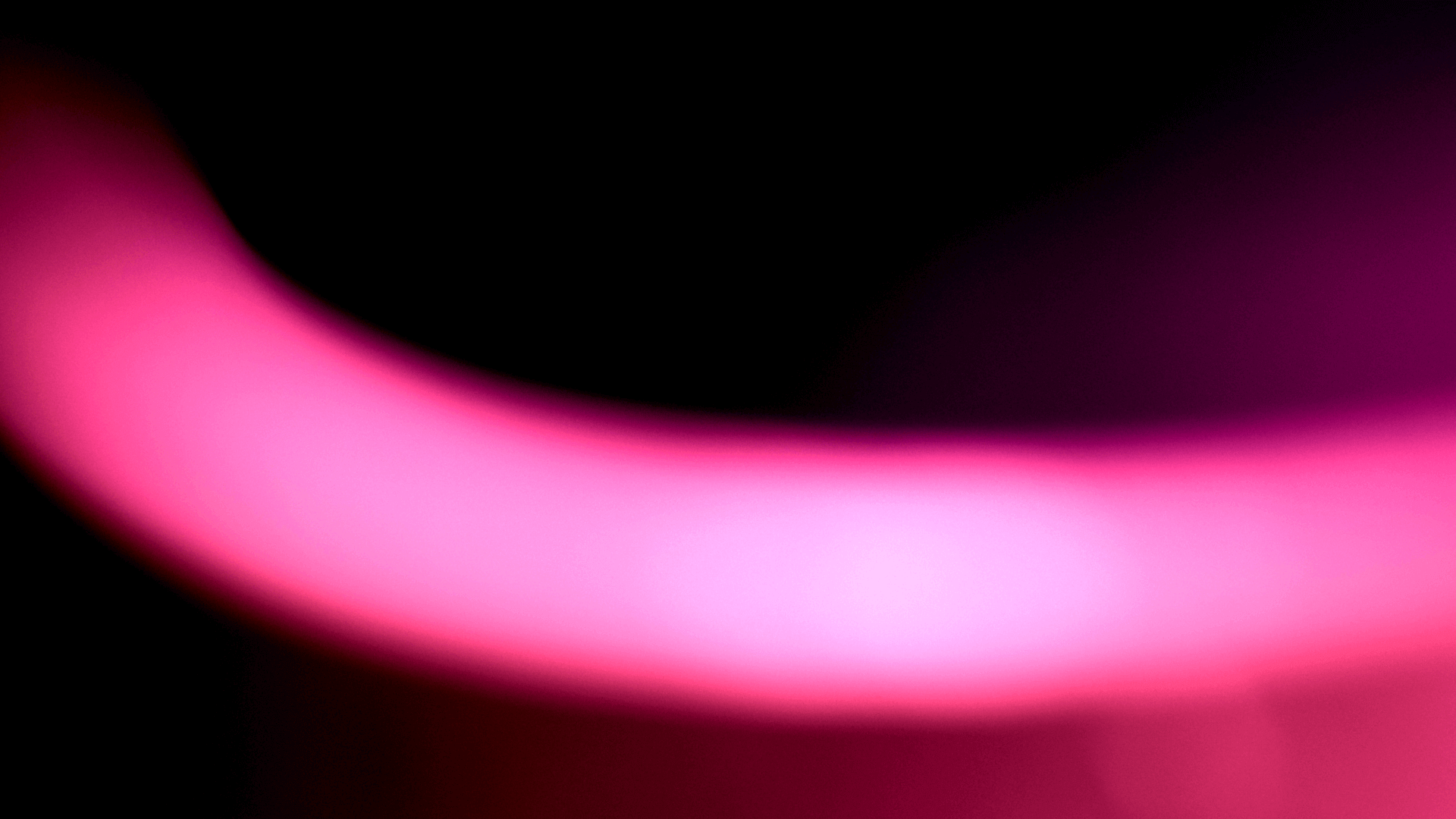Typically, when you set out to film something, you want motion in the resulting footage to feel smooth and seamless. To achieve this, you need to understand shutter angle and the rule associated with it. What is the 180 degree shutter rule?
Shutter angle defined
Understanding shutter angle
Before we look at “what is the 180 degree shutter rule,” we need to know what a shutter angle actually is. This will allow you to make informed decisions about breaking the 180-degree rule– since, after all, rules are meant to be broken.
SHUTTER ANGLER DEFINITION
What is a shutter angle?
A shutter angle refers to the relationship between a camera’s shutter speed and frame rate. The angle can be anywhere between 0 and 360 degrees. The shutter angle equation is:
Shutter angle = Frame rate x 360 / shutter speed (in fractions of a second).
The term comes from the use of rotary shutters in film cameras, which was a disk with an angled opening in it.
Shutter Angle Elements
- Shutter speed
- Frame rate
It should be noted, too, that the 180 shutter rule shouldn’t be confused with the other 180 degree rule in film, which relates to staging and when the camera crosses a line of action.
Now that we understand what shutter angle refers to, let’s take a look at its cardinal rule.
So… what is the 180 degree shutter rule?
The 180-Degree Shutter Rule
The vast majority of videographers shoot with the shutter angle set to 180 degrees. In the old days, this would mean the rotary shutter within the camera would be a semicircle, but what does it mean for a camera today?
Let’s look at our shutter angle equation. Typically, filmmakers shoot at 24 frames per second. This leaves just one variable left in the equation: the shutter speed. To get us to 180, we’d need to set it at 1/48. Let’s double check by doing the math:
24 x 360 / 48 = 180.
Voila– this is the setting most people shoot on.
But say you want to overcrank something to play it back in slow motion. This might mean you film at 48 frames per second. To preserve the 180 shutter angle, you’ll need to adjust your shutter speed to 96 frames per second. That’s using the 180 degree shutter rule for slow motion.
Some cameras do this math for you, and allow you to simply select a 180 degree shutter angle. That way, if you change your frame rate, the shutter speed will change with it.
Related Posts
Video shutter speed rule explained
Why 180 degrees?
You now know how to get a 180 degree shutter angle, but what’s the point of it? As we mentioned before, shutter speed is all about smoothness of motion. Filmmakers and videographers have largely agreed that a 180 degree shutter angle represents motion the most seamlessly.
A larger shutter angle will show more motion blur, since the end of the motion in one frame is closer to the start of the motion in the next. A smaller shutter angle will feel more jittery, since the gap between action is longer.
A Common Shutter Angle Misunderstanding
Misconceptions about shutter angle abound, but one of the most prevalent is that a shutter angle affects the amount of motion blur in a frame. This was the case when cameras used rotary shutters, but it’s not any more.
The amount of motion blur in a frame is directly dependent on shutter speed. For example, a shot taken at 1/12 will have more motion blur than a shot taken at 1/48, since the sensor is exposed for a longer amount of time.
But say you shoot at a shutter speed of 1/12 with a frame rate of 6 fps, and shoot a shutter speed of 1/48 at 24 fps. Both of these shots would have the same shutter angle, even though one has much more motion blur.
This misconception comes from the fact that motion blur becomes more noticeable when you shoot at a larger shutter angle.
Do I have to follow the 180-degree shutter rule?
When to break the 180-Degree Rule
As we’ve noted, rules are made to be broken. So in what cases would you want to break the 180-degree shutter rule?
Cinematographers will sometimes opt to shoot at a smaller shutter angle when capturing a chaotic action sequence. This is because the jitteriness of the playback actually works with the scene.
This technique was popularized by one of the best Steven Spielberg movie Saving Private Ryan. Notice in this sequence how motion feels stuttered and ultra-crisp.
Saving Private Ryan shutter angle
A higher shutter is a bit rarer, but can also have its own applications. If you are shooting in low light, you may want to decrease your shutter speed while maintaining the same frame rate. Or you may have a creative reason behind the choice, seeking to make motion feel much smoother.
Up Next
Defining the exposure triangle
Now we’ve answered the question “What is the 180 degree shutter rule?” Shutter speed, shutter angle, frame rate– these are only a few of the variables you have at your disposal when filming. In this post, we’ll look at the exposure triangle, its elements, and how to use it to get a great shot.
The exposure triangle →
Share your vision with elegant shot lists and storyboards.
Create robust and customizable shot lists. Upload images to make storyboards and slideshows.
